Japanese cars have always been famous for their unusual technical solutions. Models that would have seen the light only as prototypes in conservative Europe or America found production in Japan. Here are some examples of the most unusual Japanese cars. 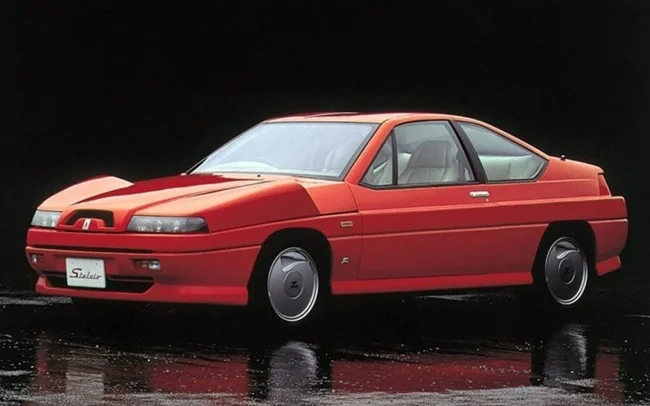
Nissan Autech Zagato Stelvio AZ1 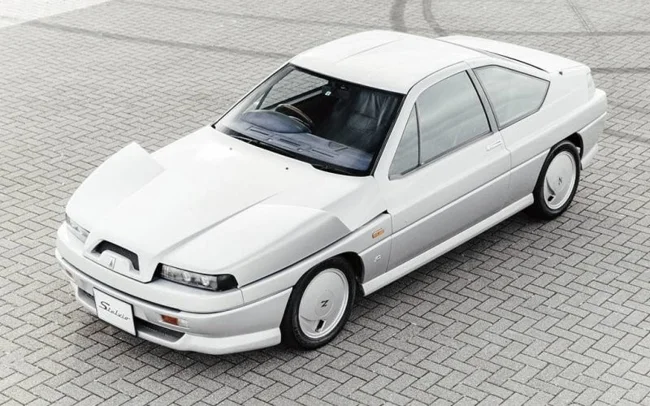
Most of the cars in this selection appeared during the “golden era” of the Japanese automobile industry at the turn of the 80s and 90s, and the Nissan Autech Zagato Stelvio AZ1 is no exception. This two-door coupe is perhaps the most unusual and controversial car in the history of the Nissan brand.
The fruit of cooperation between the Italian coachbuilder Zagato and its subsidiary tuning company Autech, it was introduced in 1989. The car was based on the rear-wheel drive platform of the second generation Nissan Leopard and was equipped with an excellent 3-liter V6 producing 280 hp. Technically, the AZ1 was more than worthy; the problem was its appearance. The Italians, in their characteristic manner, made the exterior of the car in an extremely eccentric chopped design, with tacky overlays with side-view mirrors built into them.
It was planned to produce 200 Stelvio AZ1 cars, but demand was so low that all 104 copies were built.
Toyota Previa 
In 1990, Toyota introduced the Toyota Previa, a large 7-seater family minivan with a rounded design. The car had an extremely unusual layout for cars of this class. Its engine was not located in the front, as usual, but within the base - behind the front axle. Such a peculiar layout was caused by the desire of the designers to make the interior as spacious as possible, while maintaining the length of the car within five meters.
The problem was not solved easily. The engine had to be placed under the front seats, and in order for it to fit there, it was tilted 75°. All attachments were placed at the front of the machine and driven using a separate shaft. The components of the cooling system, braking system and battery were also located there.
Despite its complicated design, the Toyota Previa was considered a fairly reliable car. But due to the high price and low-power 135-horsepower engine (a more powerful engine simply did not fit), the car was not very successful commercially. Subsequently, in the second generation car, Toyota implemented a more traditional front-engine layout.
Toyota Sera 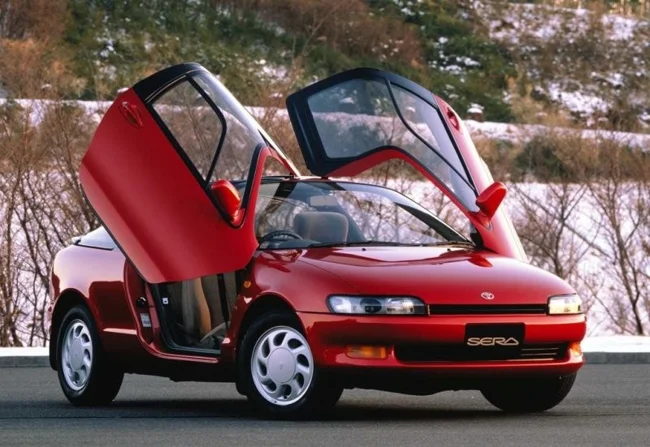
In the same 1990, Toyota introduced another extremely unusual car - the Toyota Sera. The small, sporty-looking coupe with a rounded design had a very impressive door opening system. Like the wings of a butterfly, the doors, integrated with part of the roof, opened forward and upward. Never before have such doors been used in production cars. Moreover, the “butterfly wings” turned out to be so impressive that McLaren designers did not hesitate to copy them for their McLaren F1 supercar.
However, contrary to its appearance, there was nothing sporty about the Toyota Sera. The car was based on the platform of the modest minicar Toyota Starlet and was equipped with a 1.5-liter engine producing 110 hp. The interior also did not contain any special frills and was equipped according to the minimum Japanese standards of those years: air conditioning, a good CD audio system and comfortable seats with lateral support.
Toyota Sera cannot be called a legendary or cult car, but it is not a failure either. The car was produced until 1995, a total of 16 thousand units were built.
Mitsubishi RVR Open Gear 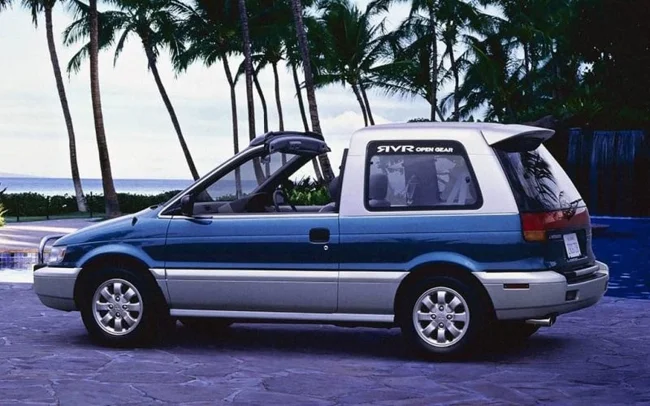
In 1991, Mitsubishi presented the world with the compact minivan Mitsubishi RVR. The car was aimed at a youth audience, so it had a rich line of engines in its arsenal, the pinnacle of which was the well-known engine from the Lancer Evo - 4G63. In addition to good technical equipment, the RVR had several interesting modifications. One of them was called Open Gear.
A special feature of this version was a retractable hardtop. With the press of one button, its front element was electrically retracted into a special niche, turning the RVR into a kind of targa minivan. In addition to the unusual roof, the car boasted a four-seater interior with a rear row that folded out into a berth. Technically, the car looked very decent. It was equipped with a naturally aspirated four-cylinder engine producing 163 hp. and all-wheel drive transmission.
The basic Mitsubishi RVR was quite popular and was produced in Japan until 1997. It is not known for certain how many cars were produced in the Open Gear modification, but there were very few of them.
Suzuki X-90 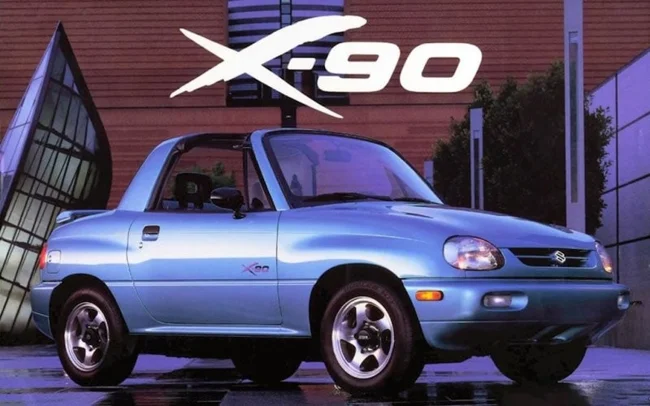
Suzuki X-90 was a kind of experiment in which Suzuki tried to probe new market niches in the rapidly growing class of compact SUVs. The car appeared in 1995 and was actually a restyled, short-wheelbase version of the popular Suzuki Sidekick. In other words, the car had: a good 16-valve engine with a power of 95 hp, an all-wheel drive transmission with rigidly connected front-wheel drive and a frame chassis with independent front suspension. 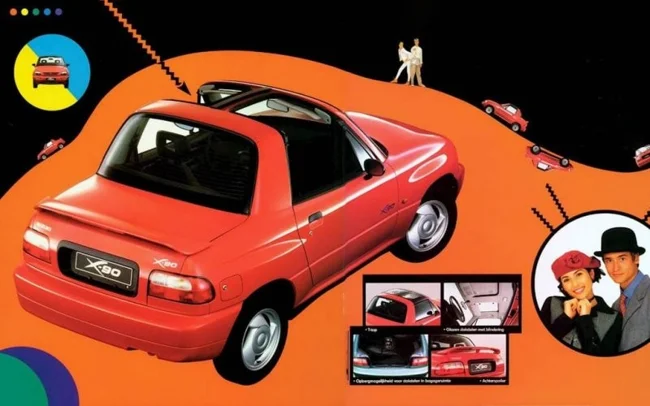
A two-door body rested on the frame, which actually became the main problem of the Suzuki X-90. Externally, it looked good, had fashionable rounded lines, two doors and removable roof panels. But at the same time, it was very impractical: it had only two seats and a scanty trunk with a volume of only 240 liters.
As it turned out, the Suzuki X-90 is good as a “show stopper” at various exhibitions, but in real use it does not stand up to criticism. The car lasted on the assembly line for two years, during which time about 10 thousand cars were produced.
0 comments

